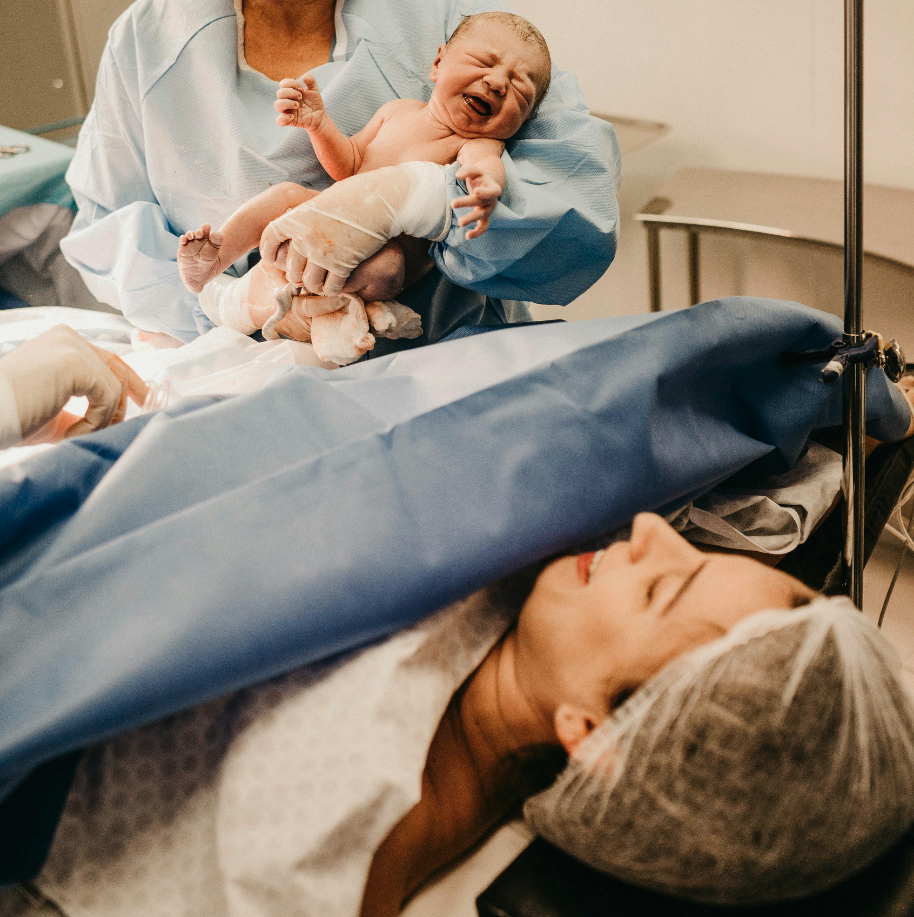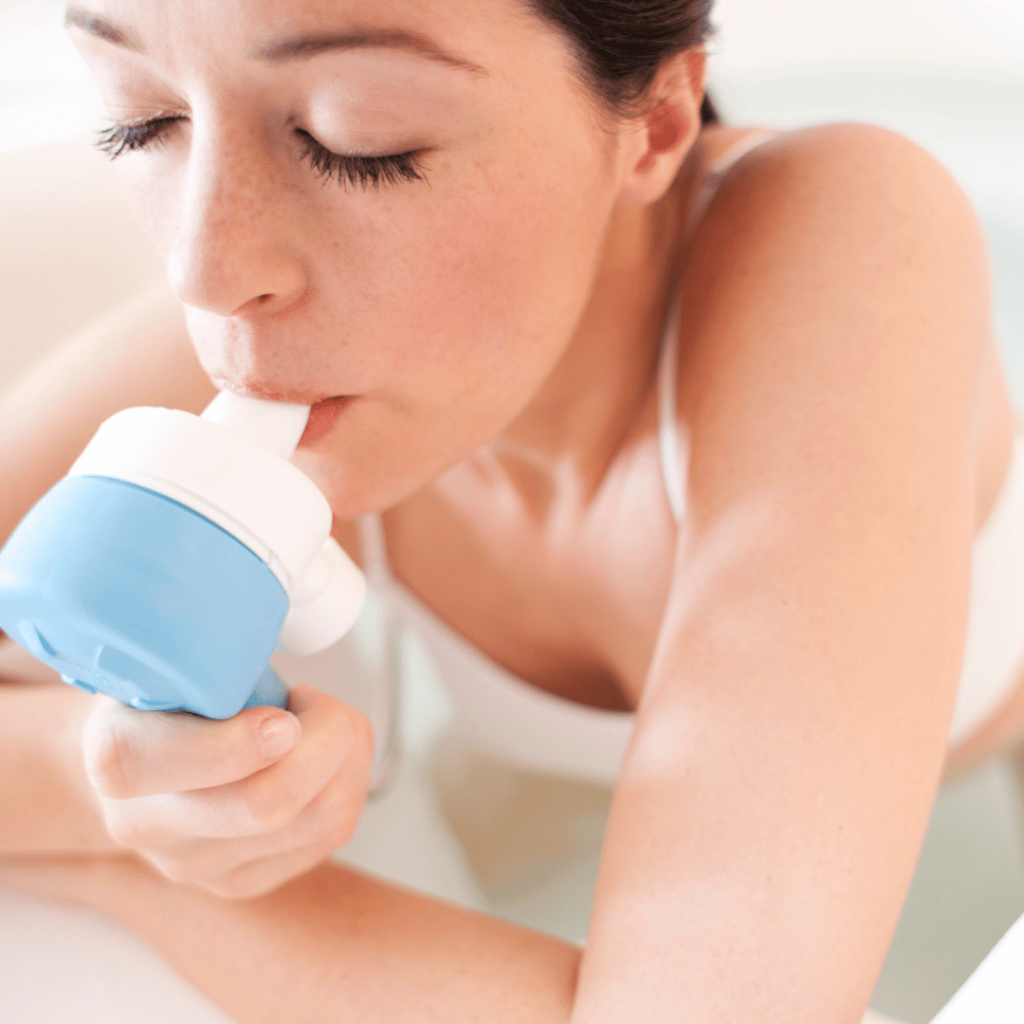
Many of my clients often say to me that they are worried about tearing during labour and birth. They ask ‘What can I do to reduce tearing, when giving birth?’.
During a vaginal birth, when the baby’s head is crowning, the vagina stretches. The vagina is designed to stretch during birth, just as an elastic band can be stretched and can grow significantly in size. As the vagina stretches, it is then capable of allowing space for the birth of your baby’s head. However, as much as a woman’s body has been perfectly designed to birth a baby, sometimes the vagina or the area between the vagina and anus (perineum) can tear.
Many women do experience some degree of tearing, especially if it is their first vaginal birth. However, there are things that you can do to reduce tearing…
The degree of tearing during childbirth can be categorised into 4 sections:

If you endure a 3rd or 4th degree tear, you will be given a catheter (a tube in your bladder to drain the urine) until you are able to go to the toilet by yourself. Once you are out of theatre and your anaesthetic has worn off, you will be given paracetamol and ibuprofen to manage any pain you might be in or you might be offered stronger pain relief, should you need it.
You will be advised to take antibiotics to reduce any infection risk and laxatives, to help you to go to the toilet with more comfort and ease. Your midwife might refer you to a physiotherapist, depending on how severe your tear is.
Often, tearing occurs during birth when the baby is born very quickly. The tissues around the perineum don’t have the same time to stretch as with slower exits. Methods such as hypnobirthing can reportedly help women to slow down the pushing phase for a gentler birth, allowing time for the tissues to stretch carefully.
HOW CAN I REDUCE TEARING DURING BIRTH?
There are a variety of things that you can try, to reduce the severity of tearing during a vaginal birth.

Sometimes during birth, your midwife or medical professional might recommend that they carry out an episiotomy. An episiotomy is a small cut made to the perineum. A local anaesthetic will be used, to help numb any discomfort and stitches will be required after your baby has been born. An episiotomy will help to make the vagina a bit wider and help the baby to come out more easily. Sometimes an episiotomy is advised if severe tearing is likely, to speed up delivery if your baby needs to be born quickly or if forceps or ventouse (instrumental assistance) are recommended.
In England, episiotomies are not performed routinely and you will need to give your permission.


If you have had an episiotomy, you might find it a bit uncomfortable for a few weeks, until the area heals. You will initially be given paracetamol, ibuprofen or other stronger pain relief medication, shortly after your birth, to help with any discomfort. Some people find that freezing a maternity pad can help with pain relief once they are back at home.
Pouring warm water onto your vagina/perineum when having a wee can also be helpful. You can also gently press a clean pad onto the wound to help reduce any pain and to protect it from any bodily fluids whilst sitting on the toilet.
Make sure that you keep your perineum and vagina area clean to avoid the risk of infection.
If you are at all worried about your recovery after experiencing vaginal tearing or after having an episiotomy, then contact your medical professional for advice.
Not just a one trick pony, Julia is a Fertility, Antenatal, Birth and Postnatal Doula living in Leeds, near Wakefield, West Yorkshire. She is also a fully trained and certified hypnobirthing teacher, offering hypnobirthing courses to families in person and online. She is also the Co-Chair for Leeds Maternity Voices Partnership.
Julia is extremely passionate about supporting women and families during pre-conception, pregnancy, birth and beyond.